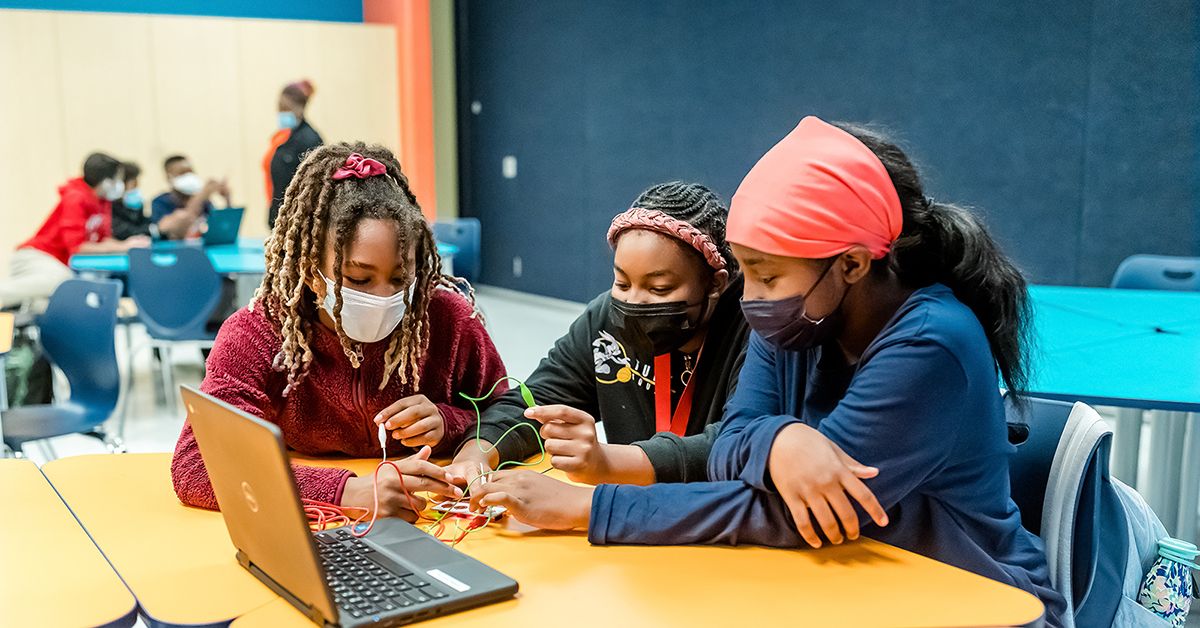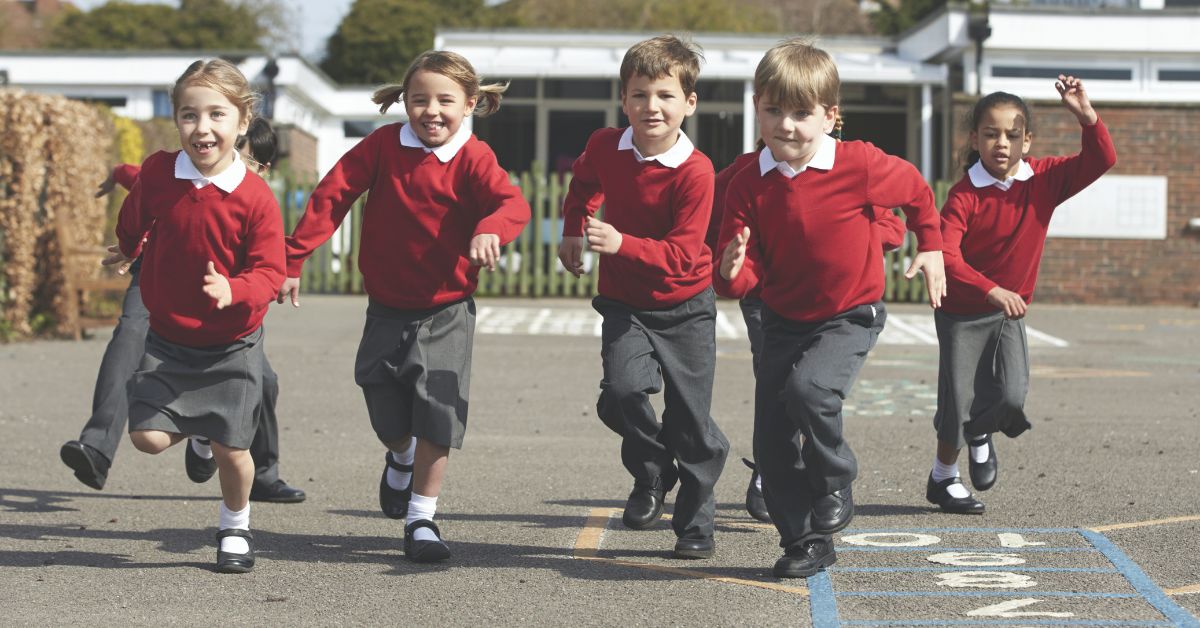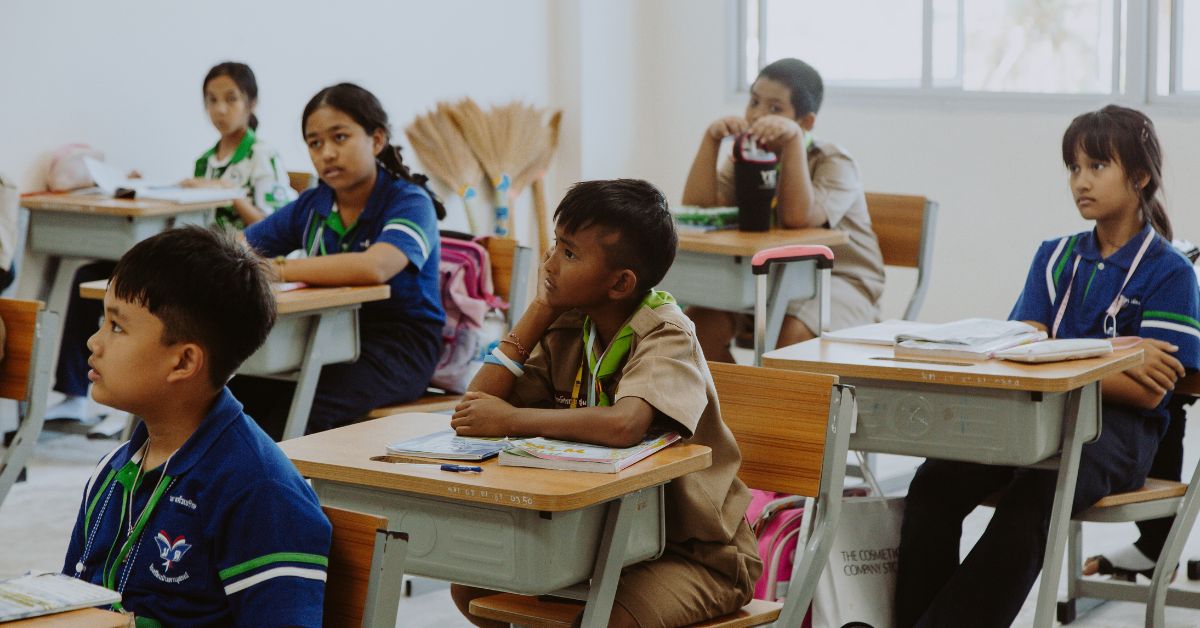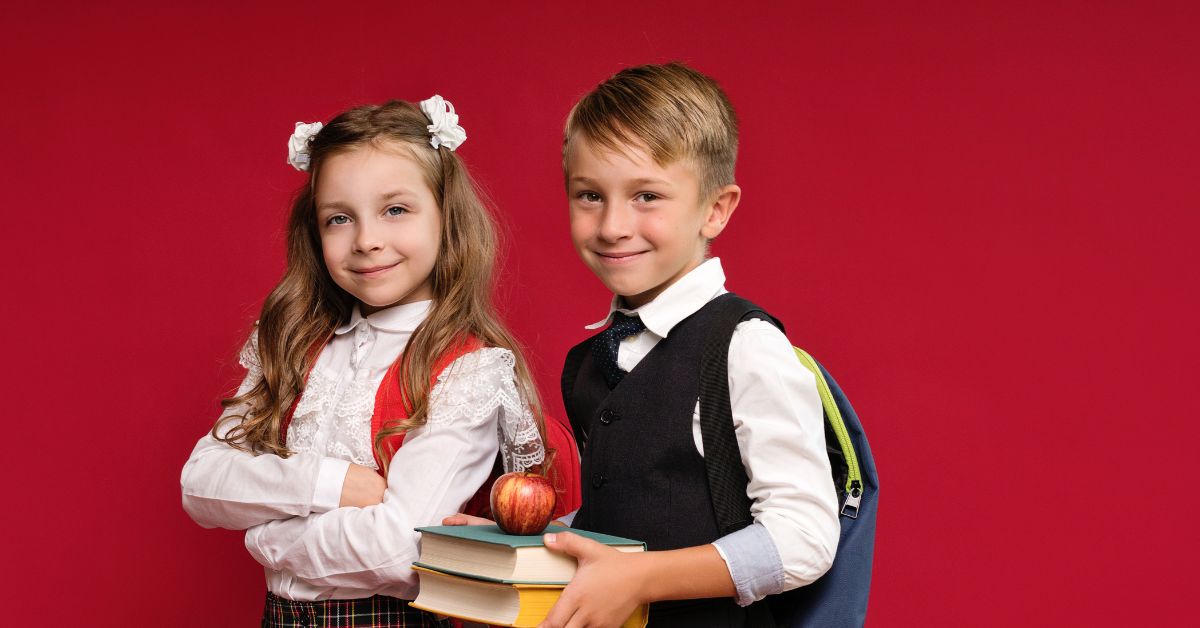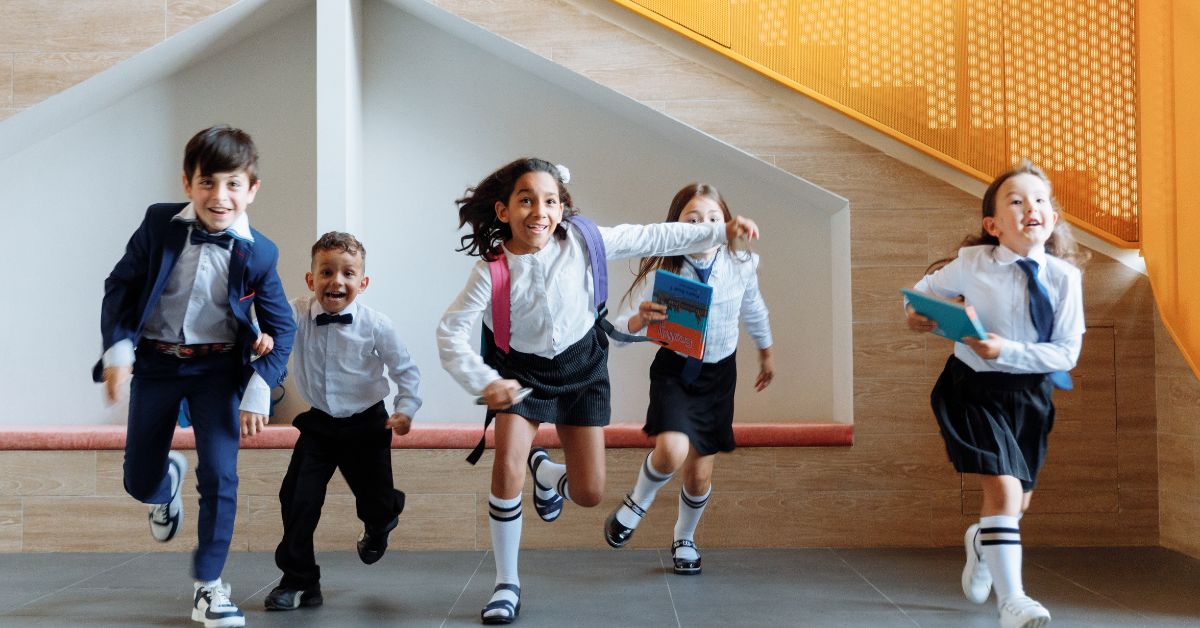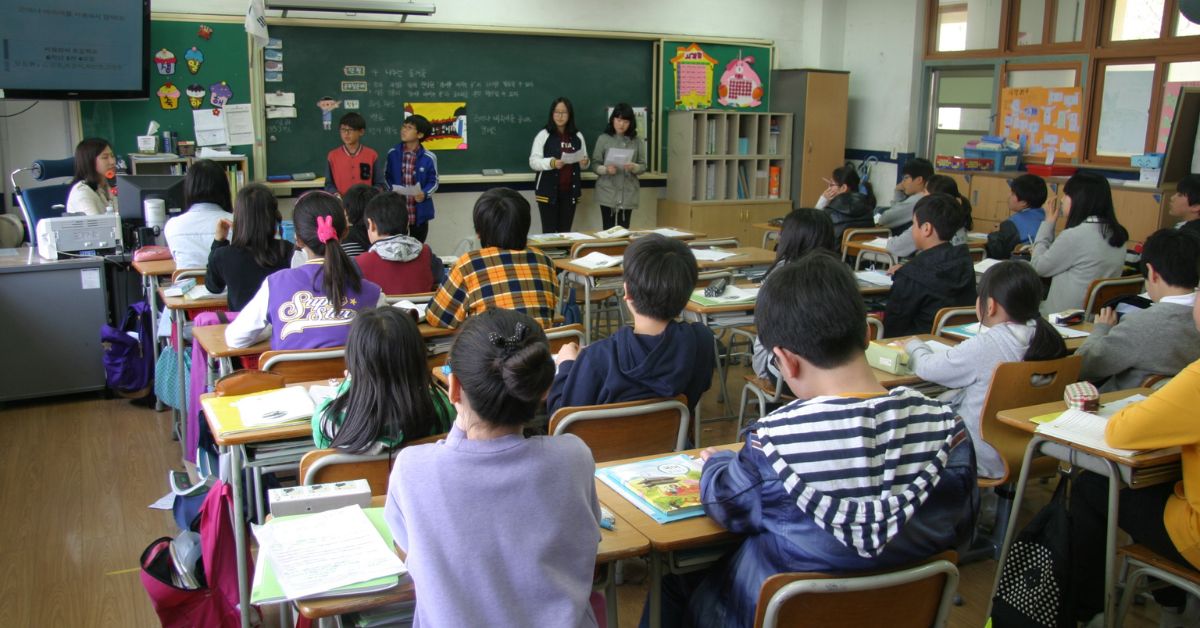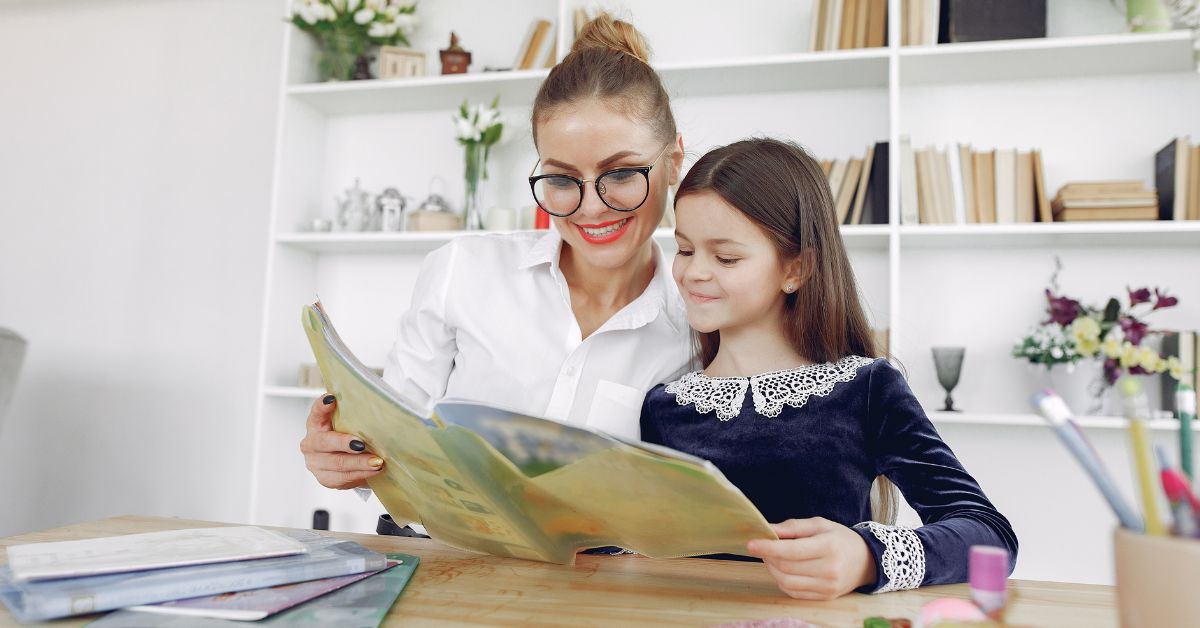Learning doesn’t just happen inside classrooms. It also happens in parks, museums, farms, libraries, and town centers. In Vermont and other parts of the world, more schools are realizing that local communities can be powerful learning spaces.
By bringing students out into their towns — and bringing local experts into the schools — communities are helping shape the future of education. This kind of learning is personal, practical, and deeply connected to real life.
What Is Community-Based Learning?
Community-based learning is when students learn through real-world experiences in their local area. Instead of only reading about something in a book, students:
- Visit places like farms, town halls, or nature trails
- Talk with local business owners, scientists, and artists
- Work on projects that help their neighborhoods
This makes learning more meaningful and shows students how they can make a difference.
Why Local Learning Matters
There are many reasons why learning in the community is a great idea:
1. It’s Real and Hands-On
Students get to see how things work in the real world — like how food is grown or how local laws are made.
2. It Builds Stronger Communities
When students work on local projects, they build connections with people and learn how to care for their town.
3. It Helps All Learners
Some students learn best by doing, not just listening. Community learning gives everyone a chance to shine.
4. It Prepares Students for the Future
Learning outside the classroom teaches teamwork, communication, and problem-solving — skills needed for jobs and life.
How Vermont Schools Are Leading the Way
Vermont is known for trying new, student-centered ideas in education. Many schools in Vermont are already using community-based learning to help students:
- Create art exhibits in local galleries
- Work with farmers to learn about climate and food
- Help with town clean-up and improvement projects
- Record oral history interviews with local elders
These activities are tied to school subjects like science, English, social studies, and math — but they feel more exciting and useful.
Teachers and Community Working Together
Teachers don’t do it alone. In community-based learning:
- Farmers might teach students about growing food
- Business owners might share how they started their store
- Artists might help students create a mural
- Park rangers might teach about wildlife and forests
This kind of teamwork helps students see the world in new ways and builds respect between generations.
Learning That Gives Back
Community learning isn’t just about what students get — it’s also about what they give back. Students might:
- Volunteer to help younger kids learn to read
- Build benches for a local park
- Plant trees or clean up a river
- Design flyers for local events
These projects build pride and a sense of purpose in students. They feel valued and respected.
Community Learning and the Future
As the world changes, schools need to prepare students for jobs, challenges, and opportunities we can’t yet imagine. One thing is certain: learning how to care about and work with others in your community is always important.
Community-based learning builds:
- Leaders
- Problem-solvers
- Active citizens
That’s the kind of future-ready education every student deserves.
Conclusion
The future of learning is not locked in a classroom — it’s growing in gardens, town centers, local businesses, and neighborhoods. When students learn in and with their communities, they gain skills, purpose, and pride.
Vermont’s example shows that schools can work with local partners to create learning that’s real, joyful, and full of meaning. The future of learning starts where we live.

